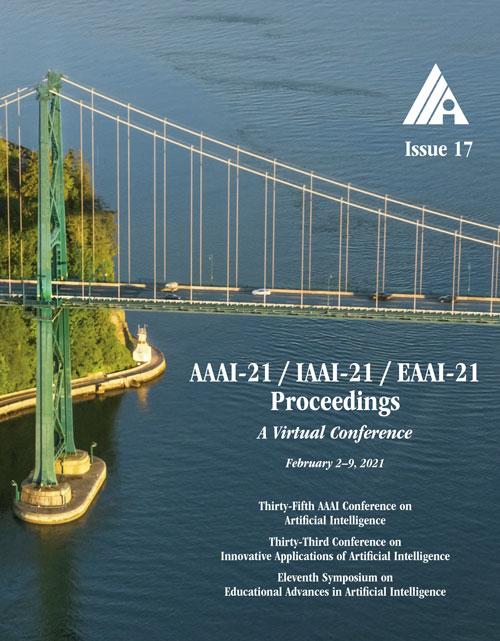Educational Question Mining At Scale: Prediction, Analysis and Personalization
DOI:
https://doi.org/10.1609/aaai.v35i17.17846Keywords:
Educational Data Mining, AI Education, Artificial Intelligence Education, Variational Auto Encoders, Machine Learning, Personalized Learning, Question Quality, Information TheoryAbstract
Online education platforms enable teachers to share a large number of educational resources such as questions to form exercises and quizzes for students. With large volumes of available questions, it is important to have an automated way to quantify their properties and intelligently select them for students, enabling effective and personalized learning experiences. In this work, we propose a framework for mining insights from educational questions at scale. We utilize the state-of-the-art Bayesian deep learning method, in particular partial variational auto-encoders (p-VAE), to analyze real students' answers to a large collection of questions. Based on p-VAE, we propose two novel metrics that quantify question quality and difficulty, respectively, and a personalized strategy to adaptively select questions for students. We apply our proposed framework to a real-world dataset with tens of thousands of questions and tens of millions of answers from an online education platform. Our framework not only demonstrates promising results in terms of statistical metrics but also obtains highly consistent results with domain experts' evaluation.Downloads
Published
2021-05-18
How to Cite
Wang, Z., Tschiatschek, S., Woodhead, S., Hernández-Lobato, J. M., Peyton Jones, S., Baraniuk, R. G., & Zhang, C. (2021). Educational Question Mining At Scale: Prediction, Analysis and Personalization. Proceedings of the AAAI Conference on Artificial Intelligence, 35(17), 15669-15677. https://doi.org/10.1609/aaai.v35i17.17846
Issue
Section
EAAI Symposium: Full Papers

